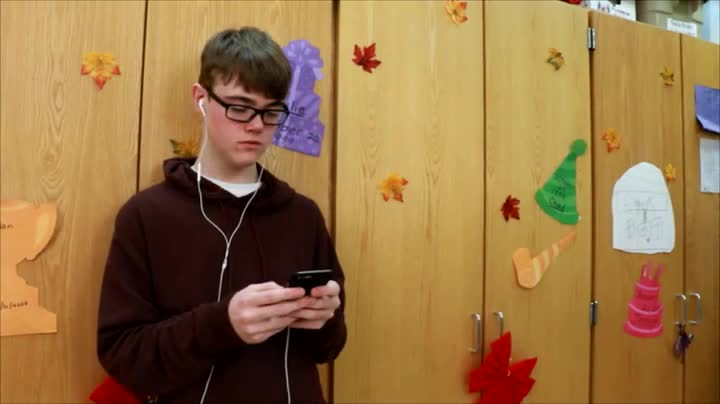
Introduction
As educators, we strive to teach our students valuable life skills that will help them navigate social situations and understand others’ emotions. One key skill for high school students to develop is the ability to follow people’s eyes to gain insights into their thoughts and emotions. By observing eye contact and body language, students can learn to interpret nonverbal cues and communicate more effectively. In this blog post, we will explore an engaging no-prep activity, thought-provoking discussion questions, and related skills to help students develop this essential social-emotional learning skill.
No-Prep Activity
In this activity, students will practice observing and interpreting eye contact in pairs. Have students form pairs and stand or sit facing each other. One student will be the “speaker” and the other will be the “observer”. The speaker will share a brief story or experience while the observer watches the speaker’s eyes to determine what they may be thinking or feeling. After the speaker finishes, the observer will share their observations and the pair will discuss the accuracy of the interpretations. Then, the students will switch roles and repeat the process. This activity requires no materials or preparation from the educator and encourages students to practice their observation and interpretation skills in a safe and supportive environment.
Discussion Questions
- Why is it important to pay attention to people’s eyes and body language in social situations?
- Can you think of a time when observing someone’s eye contact helped you understand their thoughts or emotions? How did it affect your communication with them?
- What are some challenges you might face when trying to follow people’s eyes and interpret their thoughts? How can you overcome these challenges?
- How can improving your ability to understand nonverbal cues, such as eye contact, benefit you in your personal and professional life?
- What other nonverbal cues can help you understand someone’s thoughts and emotions?
Related Skills
In addition to following people’s eyes, there are several other social-emotional learning skills that students can develop to improve their communication and understanding of others. Some of these related skills include:
- Active listening: Paying full attention to the speaker, asking clarifying questions, and providing verbal and nonverbal feedback.
- Empathy: Putting oneself in another person’s shoes and understanding their feelings and perspectives.
- Body language awareness: Observing and interpreting gestures, posture, and facial expressions to gain insights into others’ emotions and thoughts.
- Emotion regulation: Managing one’s own emotions and responding appropriately to the emotions of others.
Next Steps
Now that you have learned about the importance of following people’s eyes and related social-emotional learning skills, it’s time to put these concepts into practice with your high school students. To access free sample materials and resources for teaching these skills and others, sign up at Everyday Speech. By incorporating these valuable life skills into your curriculum, you can help students become more effective communicators and empathetic individuals.

